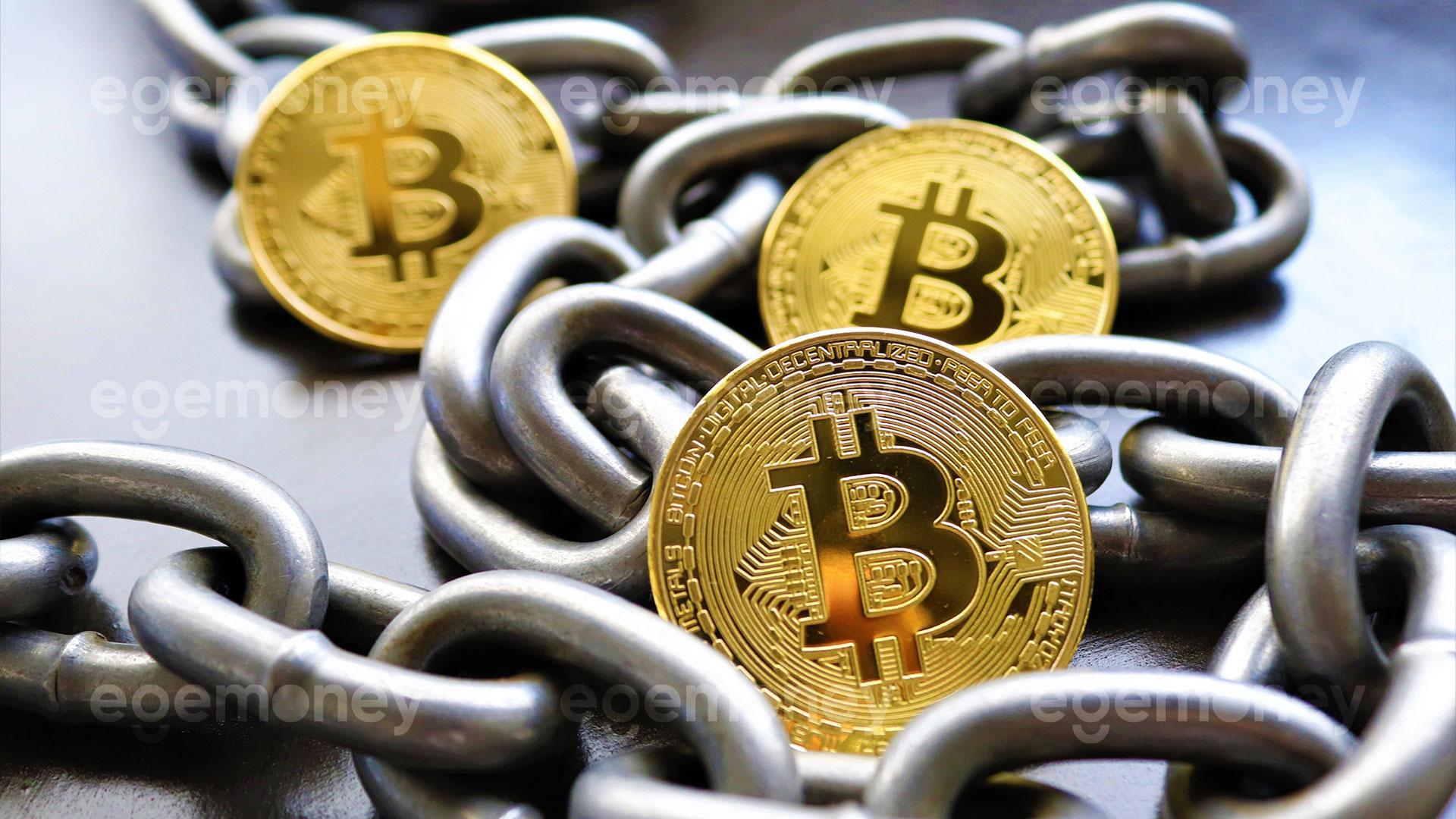Satoshi Nakamoto created Bitcoin and he didn’t want Bitcoin to die in a few years. He wanted it to be self-sufficient, similar to precious metal mining. Thus, over time, Bitcoin mining became more difficult and the rewards continued to decrease by 50%.
One of the biggest factors that makes the Bitcoin mining system work is undoubtedly halving. Essentially, halving is the process of halving Bitcoin mining rewards after each set of 210,000 blocks has been mined. By reducing the rewards of Bitcoin mining when more blocks are mined, it prevents the amount of Bitcoins in circulation from increasing rapidly, which creates the expectation of a regulation on prices.
Bitcoin Halving Dates
At the time of writing, the halving date predictions for the next 10 years are as follows;
- 28/11/2012
- 09/07/2016
- 11/05/2020
- 2024
- 2028
- 2032
- 2036
Bitcoin Mining and Halving
Mining is necessary for the production of cryptocurrencies as well as for the confirmation of transfers on the blockchain system. If mining runs out or operations slow down, the availability of the system will be affected.
The number of units to be produced in all cryptocurrencies produced by mining has been determined. Units cannot be produced above the specified quantity. In this way, the supply-demand balance, which is the main element in the pricing of cryptocurrency, is maintained and inflation is prevented. The halving of miner rewards every 210,000 blocks is one of the factors preventing miners from controlling the supply.
How Does Bitcoin Halving Work?
The first halving took place in 2012, the second in 2016 and the third in 2020.
Bitcoin halving encourages users to save their assets for the future instead of selling them.
Currently, for every 210,000 blocks mined, the reward for mining a block is halved. In the early days of Bitcoin, the reward for the first 210,000 blocks was 50 BTC per block. As more blocks were mined and more Bitcoins entered circulation, by 2012 the first set of 210,000 blocks was mined and the reward was halved to 25 BTC. Then, by 2016, the second set of 210,000 blocks was issued and the reward was reduced to 12.5 BTC. The most recent halving took place in May 2020 after the completion of 630,000 blocks (the third set of 210,000 blocks) and the reward is currently 6.25 BTC per block. This halving system, i.e. the extraction of 210,000 blocks, takes approximately 4 years.
If we assume that the next halving will be in 2024, we can estimate how difficult it will be for Bitcoin to generate new supply.
How Will Bitcoin Halving Affect Bitcoin Price?
The reward halving, which is seen as one of the most critical factors affecting the Bitcoin price from yesterday to today, has historically been met with serious jumps in price.
When Bitcoin Halving first happened, in November 2012, the BTC price was at $12.35. Just one year later, Bitcoin was trading at $1,100.
Bitcoin, which traded at $650.63 on the day of the second BTC reward halving, has quadrupled in value in a year, reaching $2634.17. Moreover, just 1.5 years after this second halving, December 2017 saw the then-high BTC price of $20,000.








